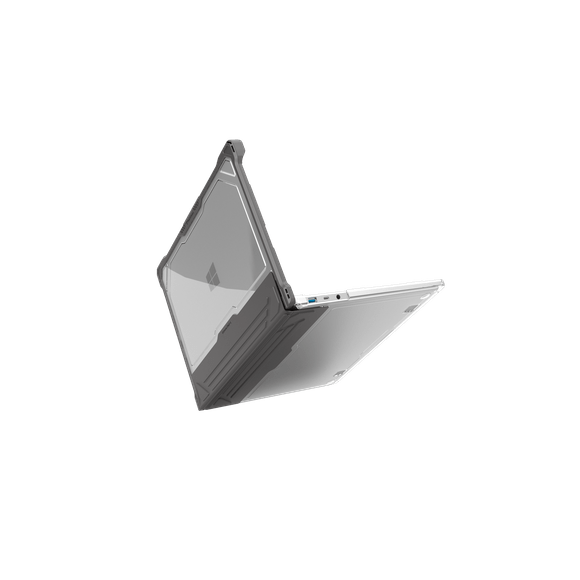Schools and businesses may seem worlds apart, but successfully selling into these markets is more similar than you might imagine. In fact, both fit neatly into the business-to-business model. While we don’t naturally think of a high school as a business, K12 schools are actually quite similar. Both are organizations that consist of end users represented by a limited number of decision-makers that define the needs to be met by your solutions.
Market crossover among education- and business-centric manufacturers happens more often than you might think. Major device manufacturers are a prime example, with the likes of Apple, HP, Lenovo, and Microsoft offering well-defined enterprise, home, and education solutions. Consumer electronics manufacturers specializing in everything from accessories (think Logitech) to displays (ViewSonic, for example) have built out a range of solutions targeting these distinct markets.

Distinct as they are, with unique needs ranging from conference rooms to home theaters to classrooms and cafeterias, selling into the K12 education market is a lot like selling into a Fortune 500 account.
The Similarities
The similarities between selling into K12 education and enterprise markets outweigh the differences. Say your company makes monitors that you sell to large companies like insurance, pharmaceutical and healthcare enterprises. You know that this will involve contending with an evaluation committee, determining your best solution to meet their needs, and working with a reseller partner to deliver and deploy. You’ll encounter exactly the same thing when selling into large school districts.
Multiple stakeholders. Decision by committee is common in large corporations. Likewise, most school districts will involve a large group of decision-makers in the process. In both cases, you need to pinpoint who to target with marketing and sales efforts. Those new to the K12 market will want to identify the top titles related to their solution. Beyond key administrators like the superintendent and principal, for computer hardware and most AV products this will include technology managers, instructional technology leads and, in the largest districts, the CTO. Additionally, the end users themselves – teachers and students – can provide a host of useful feedback as well as back-channel support.

Pain points. Products deliver solutions to problems, and savvy salespeople quickly determine the prospect’s pain points. What hurts, and let me show you how we can fix it for you. Selling to consumers, businesses, or schools? This tactic is always on target.
Budget cycles. Businesses have them; so do school districts. In fact, education purchasing typically follows a standard, set schedule, so it’s easier to plan around. Do your research and become familiar with the cycle, which almost always follows the state/local government’s fiscal year.
Reseller partnerships. Manufacturers that primarily sell into the K12 market form close partnerships with distributors like D&H and TD SYNNEX, as well as a host of education-focused resellers. The dynamics mirror those of non-direct, business-focused B2B sales.
The Differences
As noted, whether targeting businesses or school districts, the overall sales process will feel quite familiar. There are far fewer contrasts between these markets.
Unique Products. Some products move effortlessly from enterprise to education. Most, however, require some degree of modification to meet the unique needs of students, teachers, and classrooms. The most popular laptops in education, for example, are different than those favored by businesses. Lower grades rely more heavily on iPads, while middle and high schools prefer Chromebooks. This requires protective case manufacturers like MAXCases to select models and design cases based on current K12 trends, which also may vary by region or type of district.

Unique Stakeholders. Newcomers to the K12 market are advised to do their research and get to know the key decision-makers and influencers, then tailor their approach when contacting and communicating with district administrators, school leaders, and teachers. Even parents and community members can play a part, as word-of-mouth is a key influencer in this market.
Distinct sales cycle. Anyone within or working with the K12 world lives by the year-spanning school-year calendar. Forget January first; their year revolves around the first day of school. New products need to be sourced, procured, and deployed by that date. Whereas summertime can be a slow season for corporate entities, and often there’s no seasonality to enterprise sales, summer is always high season for manufacturers selling into education.















